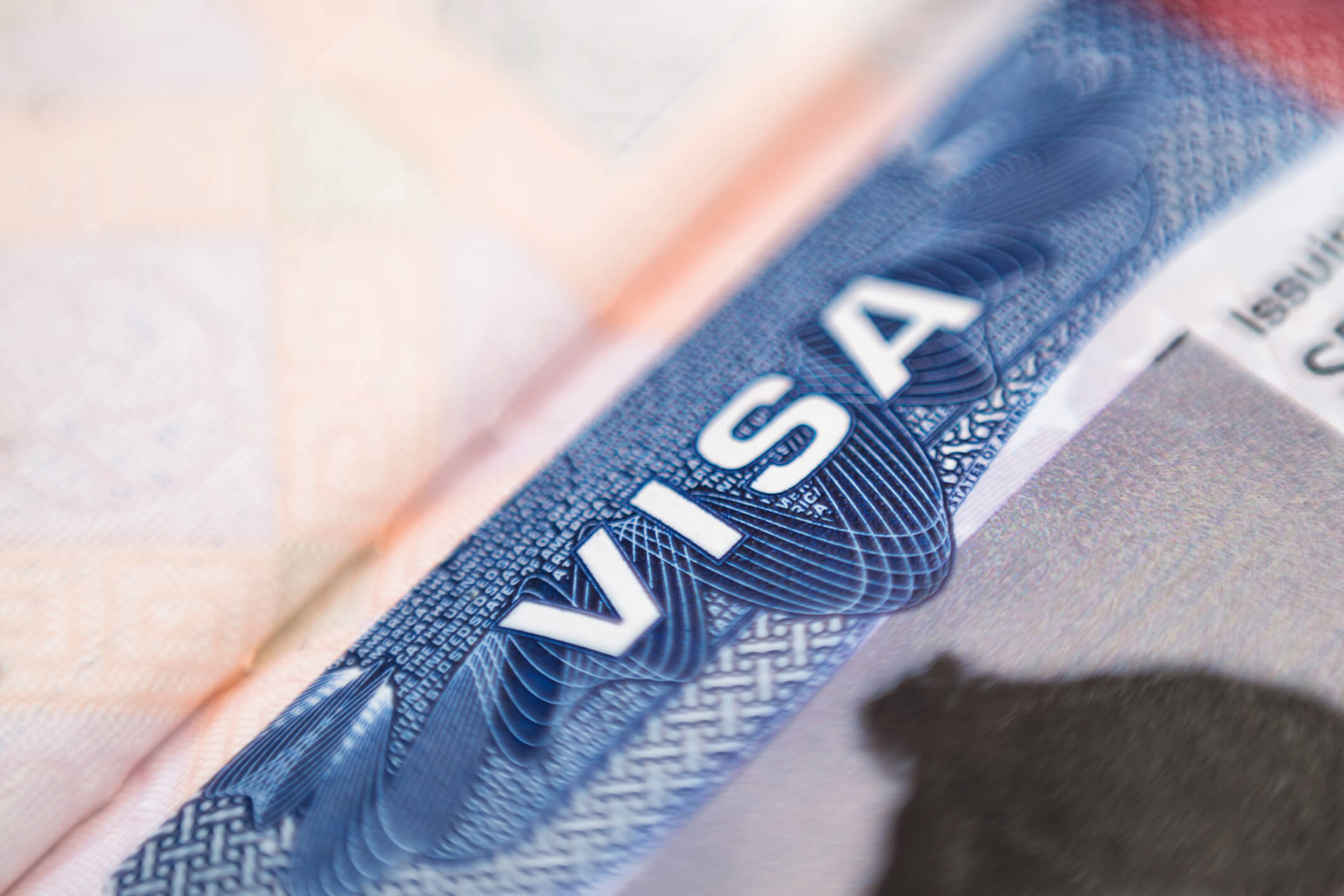2009 was a year of significant government initiatives in the area of immigration compliance: a new I-9 form was released limiting the types of qualifying documents; U.S. Immigration and Customs Enforcement (ICE) initiated numerous I-9 audits by issuing Notices of Inspection (NOIs) to over 1,650 employers across the country; the Social Security No-Match regulation was abandoned; United States Citizenship and Immigration Services’ (USCIS) Office of Fraud Detection and National Security (FDNS) initiated thousands of H-1B employer site visits; and E-Verify was made mandatory for numerous federal contractors via a new regulation made effective on September 8, 2009. (For more information, see the December 2009 issue of the Immigration eAuthority.)
One other somewhat subtle development: USCIS’ Verification Division created the Monitoring & Compliance (M&C) branch and a system known as Compliance Tracking and Management System (CTMS) in June 2009 to monitor and ensure compliance with E-Verify. Among the issues being monitored by USCIS staff are: employer compliance with E-Verify procedures (i.e., is the employer using E-Verify for employees eligible to be checked through E-Verify); Social Security number fraud (i.e., is the same number being used by multiple persons); and discrimination (i.e., has the employer terminated a large number of new employees who received tentative nonconfirmation notices due to the fact the data entered into E-Verify does not match government records).
In the last quarter of 2009, USCIS personnel reached out to some 660 employers to follow up on possible E-Verify compliance concerns. USCIS is reportedly increasing its ability to identify suspect behaviors. Although USCIS indicated that most employers seek to properly use E-Verify and respond favorably to changes recommended by USCIS personnel, what might an employer that is a willful violator or in noncompliance with the terms of E-Verify face? USCIS might terminate access to E-Verify, refer suspected worksite violations to ICE, or refer possible discrimination issues to the Justice Department. Accordingly, employers that volunteer to use E-Verify or are compelled to participate by being a federal contractor or by operating in certain states (such as Arizona or Mississippi) should be careful to ensure proper use of the system.




